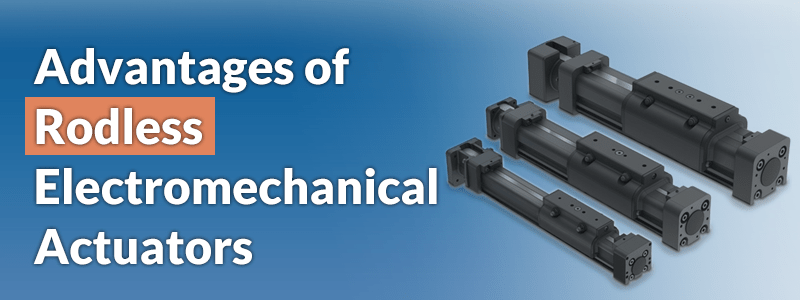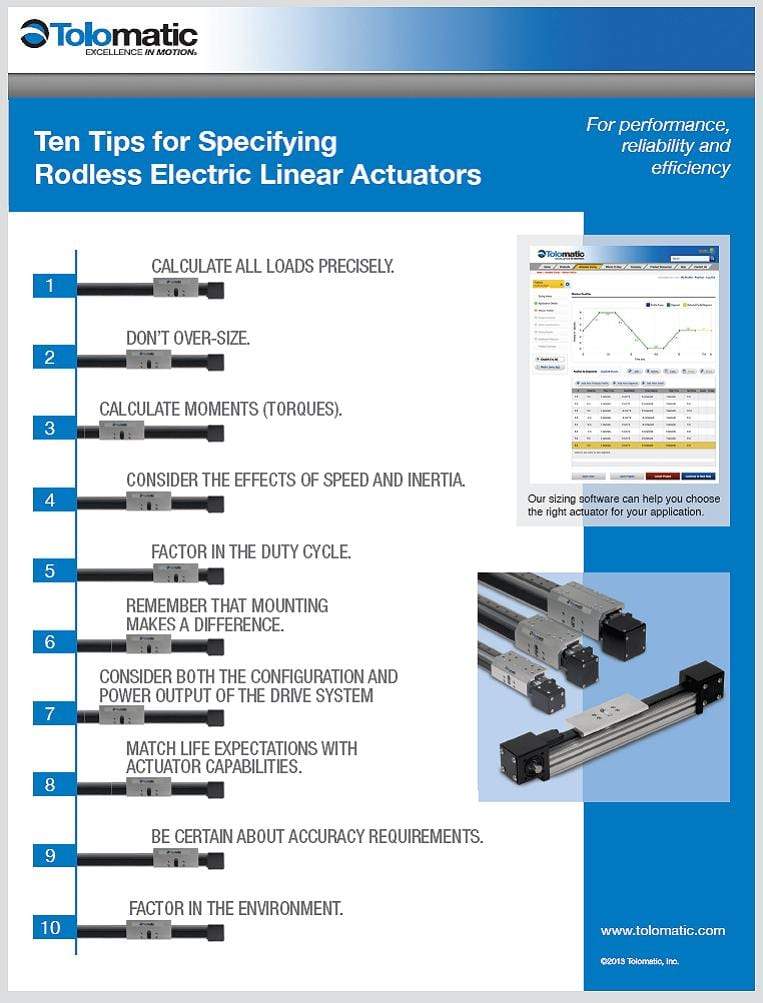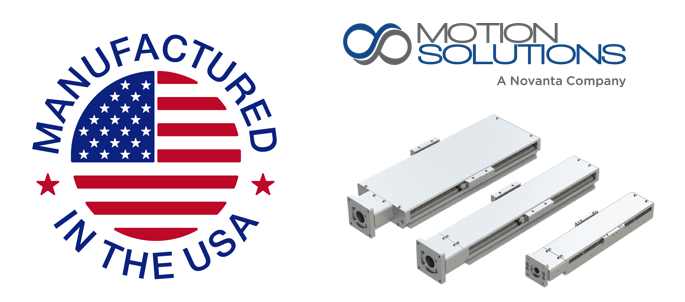Editor’s note: This blog article is the first in an occasional series of guest postings from our partners and customers.
Many industrial applications call for linear actuators. That’s a simple fact. What’s not so simple is deciding what type of actuator is best for an application. A machine designer has to weigh all the variables. What needs to be moved? How far does it have to move? How much does it weigh? What’s the best way to move it? How much space is available for the whole system? After gathering the data, the designer faces a crucially important choice early on – whether an electric rod actuator or rodless electromechanical actuator is best. If a rodless actuator is the choice, there are several factors the designer considers in final selection. These are explained in our white paper, Specifying electric rodless actuators: Ten tips for maximizing actuator life and system performance.
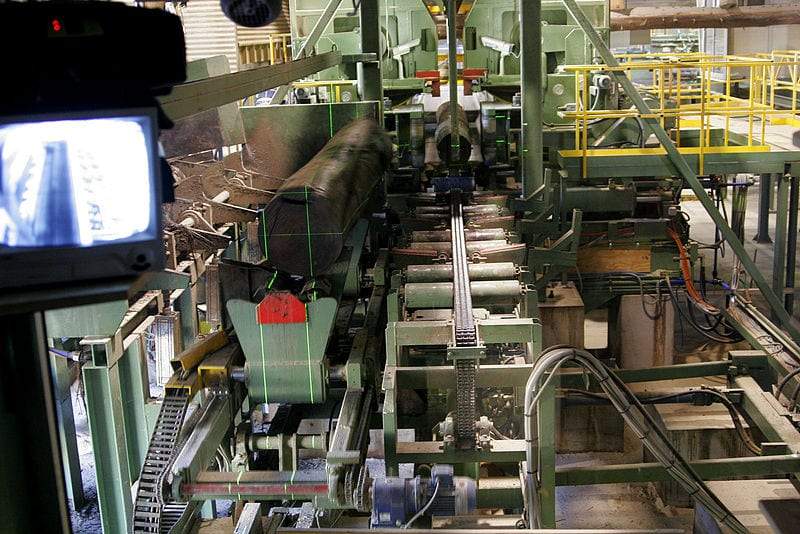
Advantages of rodless electromechanical actuators
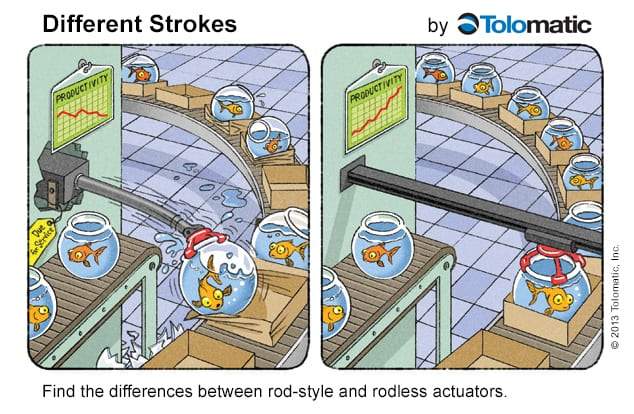
There are several reasons for selecting a rodless actuator.
- Carrying the load – The basic difference between rod-style and rodless actuators is that electric rod actuators push or pull loads while rodless actuators carry them. If the application calls for a short move or a light load, the pushing action of a rod actuator will work. However, if the load is heavy or the distance traveled long, the weight of the load will deflect the rod, causing wear and positioning errors. Rodless actuators guide and support the load throughout the stroke length.
- Compact design – A rodless actuator’s entire stroke length is contained in its body rather than having a rod that extends beyond the body. That can mean a footprint that’s up to 34% smaller — a considerable space savings in a machine.
- Longer stroke length – Length of stroke is a critical factor in linear actuator selection. While some applications require moves of just inches, others specify moves of 10 feet or more. For an application requiring a long stroke linear actuator, a belt driven rodless actuator is the solution. Belt drives are available in long lengths, making them ideal for long stroke linear actuator applications. The length of the stroke is limited only by the ability to efficiently tension long strands of the timing belt. Plus, belt driven rodless actuators are 90-93% efficient, high speed, easy to operate, simple to maintain, and provide long service life.
Selecting a rodless actuator
Selecting the best rodless electromechanical actuator for an application takes careful thought and calculation in order to get maximum reliability and efficiency from the device. Here are our ten tips to help you when you’re specifying electric rodless actuators:
TIP #1 Calculate all loads precisely.
TIP #2 Don’t over-size.
TIP #3 Calculate moments (torques).
TIP #4 Consider the effects of speed and inertia.
TIP #5 Factor in the duty cycle.
TIP #6 Mounting makes a difference.
TIP #7 Consider both the configuration and power output of the drive system.
TIP #8 Match life expectations with actuator capabilities.
TIP #9 Be certain about accuracy requirements.
TIP #10 Factor in the environment.
View the webinar:

Guest Author: Aaron Dietrich is director of marketing for Tolomatic.
